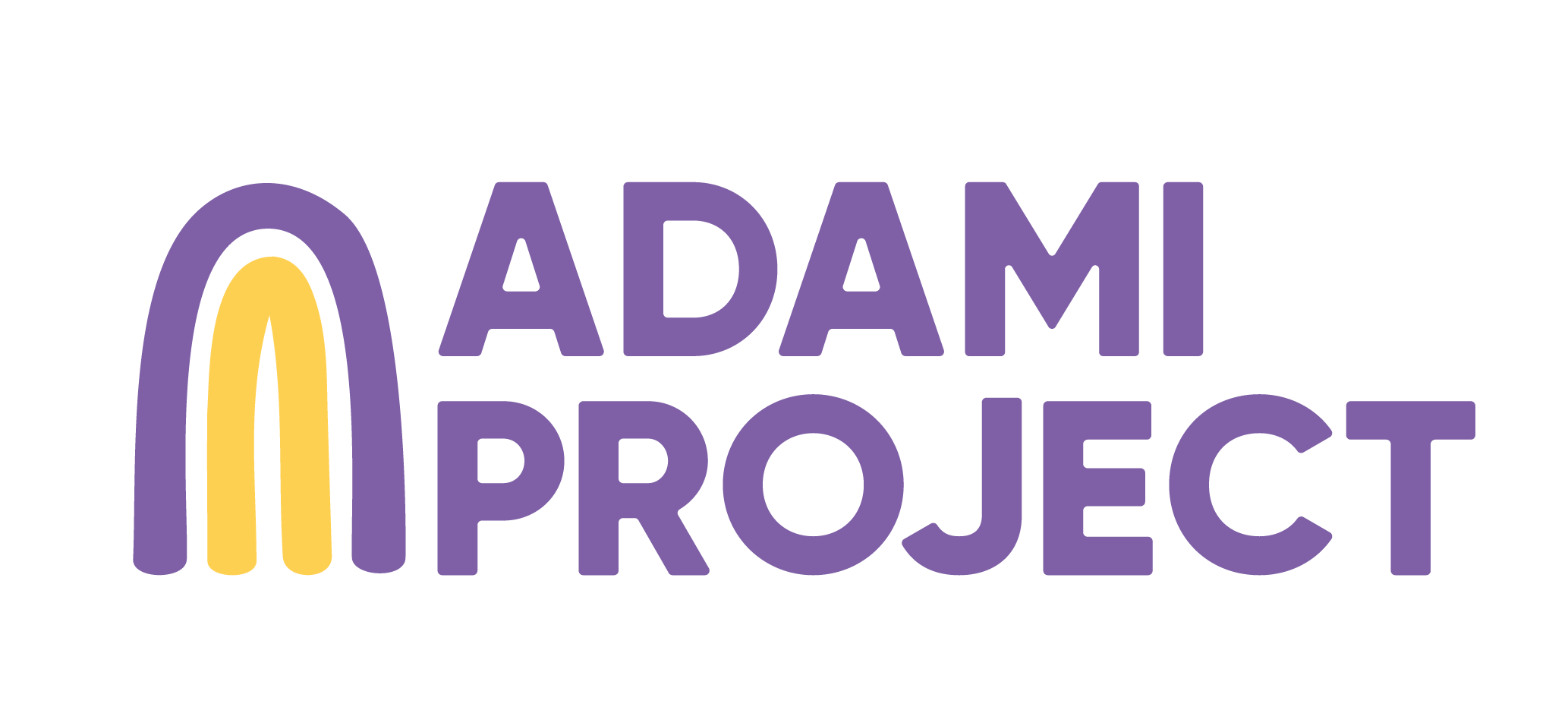It Takes A Village
MEANS team discussing the project with community members in Bo District
Curious about what’s involved in setting up and running a project supporting vulnerable young mothers in Sierra Leone? Thanks to a generous investment from a UK charitable trust, we are supporting 20 new young mothers to pursue an 18-month workplace apprenticeship. We aim to equip the girls with the knowledge, skills, tools and confidence needed to secure long-term sustainable employment and build a brighter and more empowered future. In this blog series, we will follow the local team as they go about this vital and life-changing work.
Meet Deborah
Deborah works for our local implementing partner MEANS and is the AdAmi Project’s Programme Manager. Deborah has been involved in the project since day one, playing an instrumental role in the set-up of the project. She now works full-time overseeing and managing all of the project’s activities on a day-to-day basis. Here, she tells us some of the key steps that she and the team have taken in the first few weeks of project set-up.
Engaging community leaders
“This is a vital first step in setting up any project. Here in Sierra Leone each community is led by a traditional leader known as a Paramount Chief. This Chief plays a vital role in all affairs and decisions affecting their community and they are held with utmost respect. Other key stakeholders include local “section” (area) Chair’s who act as liaison offices between the community and anyone wishing to conduct business there.
In February we had a meeting with the community leaders to introduce them to the initiative and to seek their approval and support to carry out the work. We had a really fruitful meeting and they all expressed huge enthusiasm for the initiative, ensuring us that they would support us in making the project a success! They even introduced us to a local teacher who helped us identify and gather young mothers in the community.”
Introducing young mothers to the opportunity
“With the support of the local leaders, we held a small meeting in the targeted community to introduce young mothers to the project. We were a little overwhelmed when over 50 young mothers joined to hear more! We spent time explaining the goals of the project and outlining our selection criteria, before registering all of the girls interested in joining the project.”
Assessing need
“We then visited all of the registered girls at their homes in private. During this meeting we asked them a series of questions to assess their suitability to the project and their level of need. We have a defined selection criteria that is helping to guide this process. For example, we are prioritising those who are homeless or have been thrown out of their family home, those that are not in employment and living below the poverty line, and those who are under 21 years old.”
Follow-up visits
“Following these visitations we created a shortlist of girls with real potential to join our project. We conducted a number of follow-up visits with each of the girls to clarify the information they had given to us and to further assess their needs.”
Selecting girls to join the project
“This is by far the most difficult part of my job as there are so many young mothers in need of support and I wish we could select them all! But the selection criteria is really helpful in guiding this process and to-date we have selected 18 of the 20 young mothers. I am so excited for them to join and I know that they are all going to excel within the AdAmi Project.”
What next?
“We will finish the selection process over the coming week and notify the successful girls - this is my favourite part of the job! We will then carry out family tracing and mediation activities for those girls who have become estranged from their families. The goal of this work is to rebuild family relationships and ensure that the girls have a stable home and the love and support of their families.”
In the next blog post we will follow Deborah and the team as they carry out their family tracing, mediation and reunification work.



